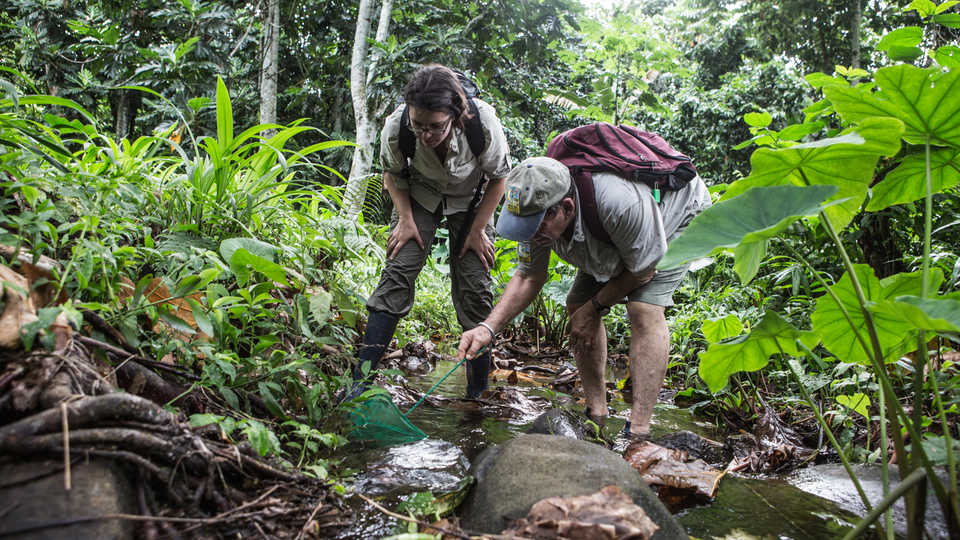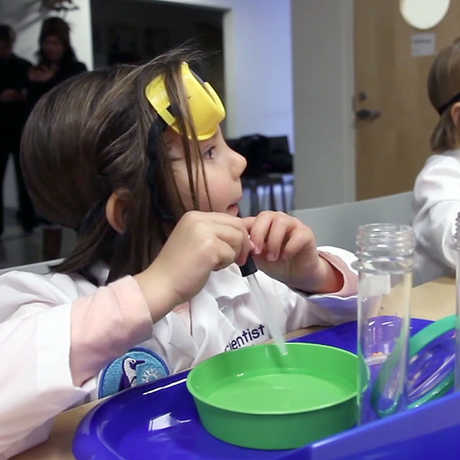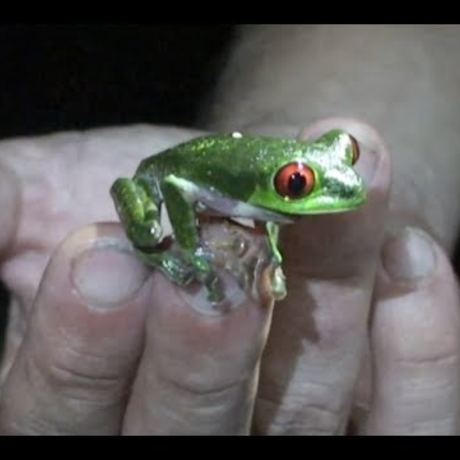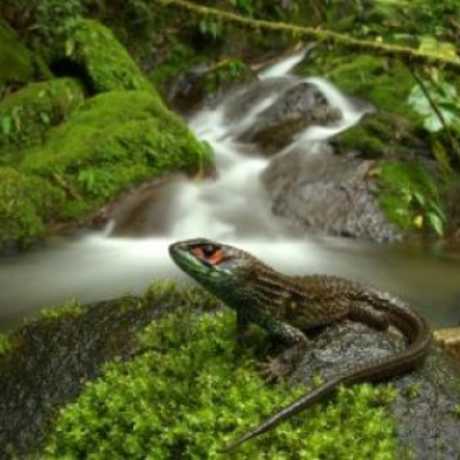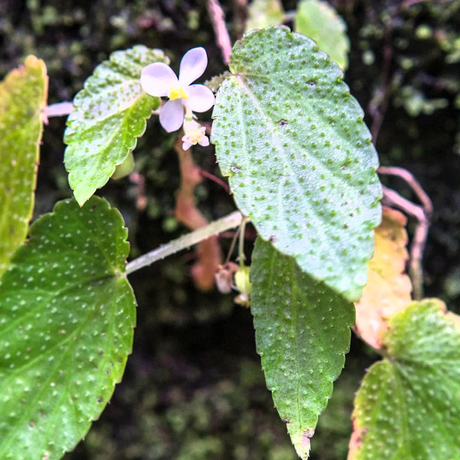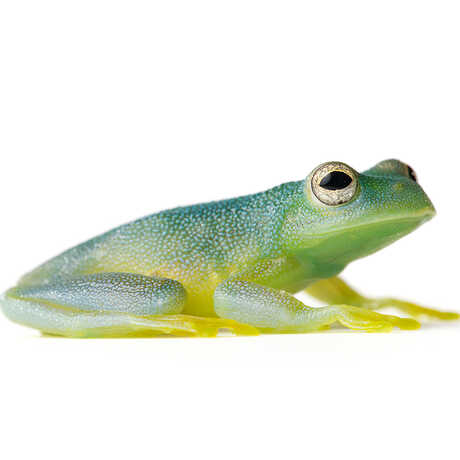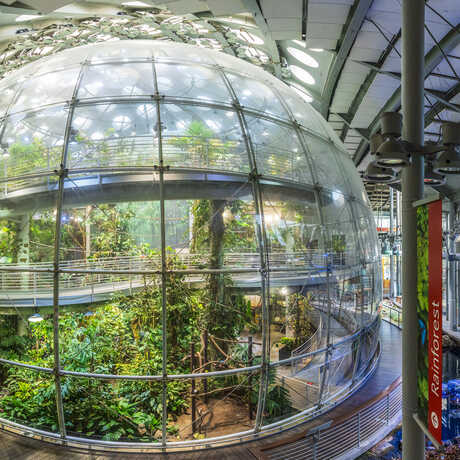I've had 38 years of adventures, including a major coup, an air raid in Zambia, and more. But adventure-wise, the first big-field expedition I did in 1969 stands out. I had received a grant from Richard Leakey, then Director of the National Museums of Kenya, to survey the Northern Frontier District. This was an area of nomadic people with few permanent towns and few water wells. We used to pay the elders to tell us where the snakes were. One old guy said, “There is a snake in a hole.” Turns out it was an old British pit lavatory left over from World War II, at least 15 feet deep. The Africans lowered me down on the end of a braided camel skin rope. And, indeed, there was a big snake down there, a spitting cobra, about six feet long. Curiously, it was described as a new species not long ago.
